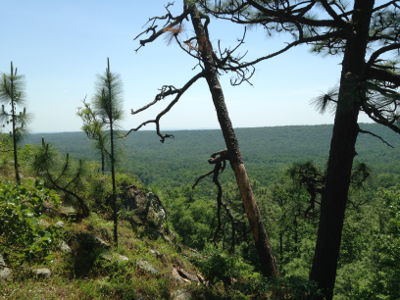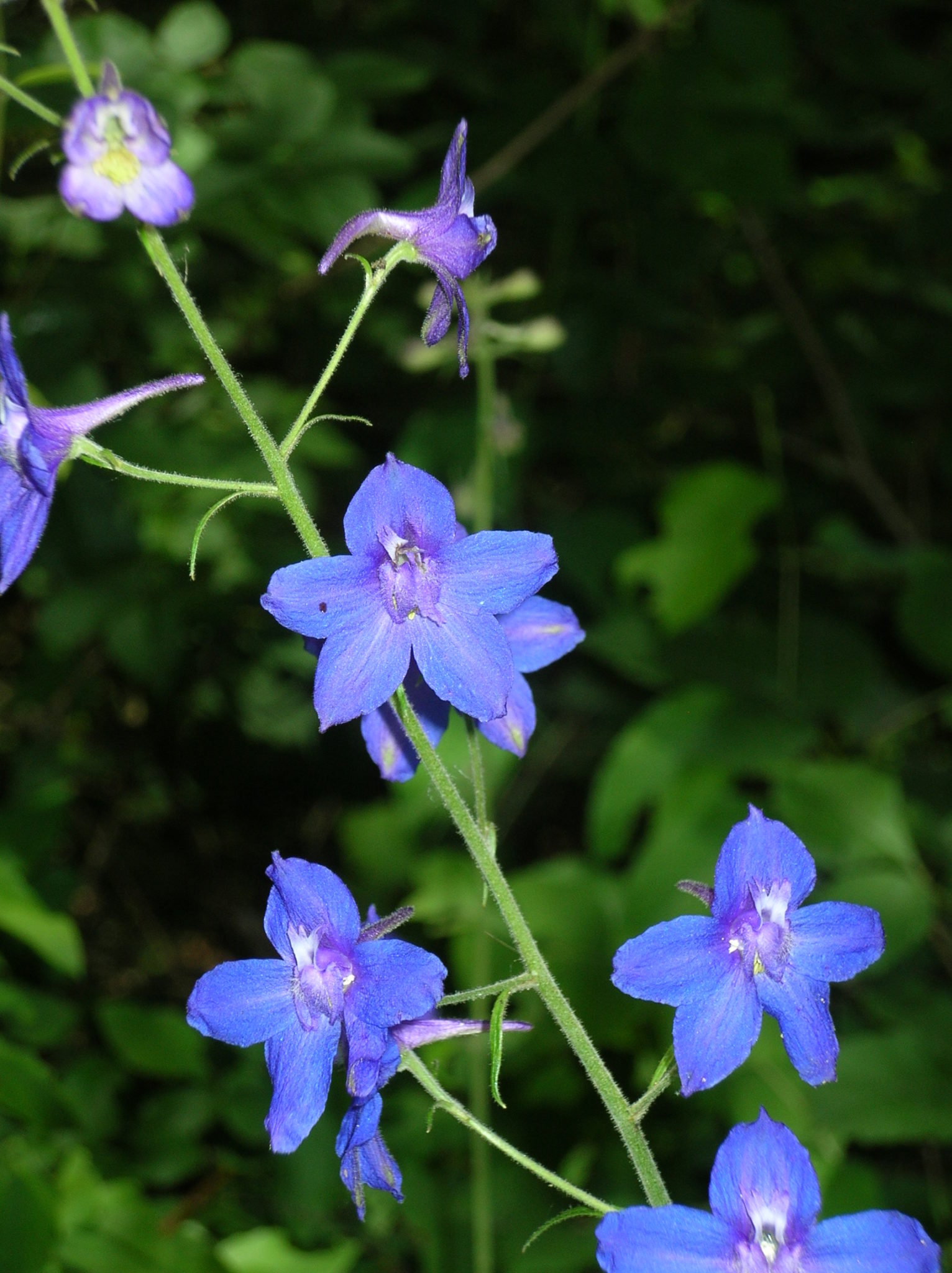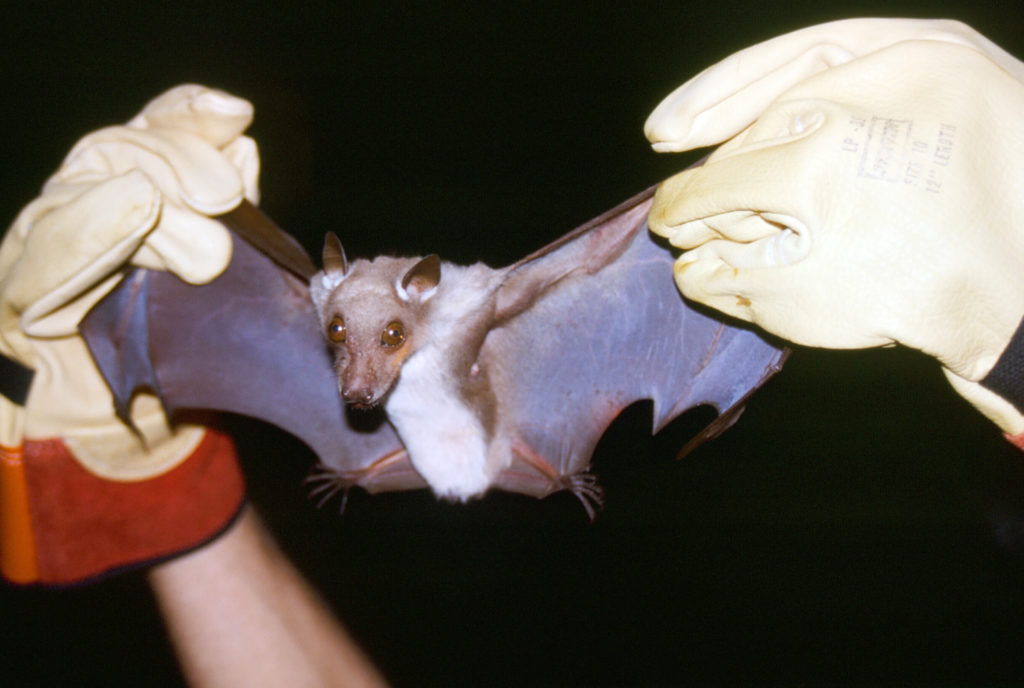Research Interests
Endangered Freshwater Animals
Alabama is home to more freshwater species than any other state in the US, and is an aquatic biodiversity hotspot of global importance. Two species of darters (small, colorful, bottom-dwelling fishes) are found in Birmingham and nowhere else in the world. The Watercress Darter (Etheostoma nuchale) lives in just five springs in the city, and the Vermilion Darter (E. chermockii) inhabits just a single stream, Turkey Creek. Both are highly endangered species. I work with other scientists to learn more about these species so we can prevent their extinction. My students and I are also studying the ecology of endemic snail species that live in the creeks of the region. Though essential to maintaining healthy creek ecosystems, little is known about what these tiny creatures need to survive.


Montane longleaf pine ecology
I also study longleaf pine (Pinus palustris) ecosystems in the mountains of Alabama. These pine woodlands were once the most common ecosystem in the Southeast, but now occupy a thin fraction of their former range. Hundreds of plant and animal species live in this ecosystem and nowhere else. The ecosystem depends on frequent wildfires to kill invading broadleaf trees (e.g., oaks, maples). Due to our land use practices, fires are now rare, and many longleaf woodlands are being overtaken by broadleaf forest. At Oak Mountain State Park (Alabama), my students and I, plus collaborator Dr. Malia Fincher (Samford University), are studying how geology influences the rate of transition to broadleaf forest, and strategies for longleaf restoration.
The ketona dolomite glades
One of my first projects in Alabama was to study the role
that fire plays in the maintenance of an exceptionally rare ecosystem–the
Ketona Dolomite Glades of Bibb County, Alabama.
Glades naturally lack trees and support rare wildflowers and grasses
that cannot survive in the shared of a forest. The unusual soils of the Ketona glades support
many plant species and subspecies found nowhere else. Our experiments revealed that wildfire helps
prevent the encroachment of trees in the Ketona Dolomite Glades. Without fire, trees would colonize the glades
and shade-out the rare glade plants.

Tropical Forest Restoration
I began my career studying tropical forest ecosystems and how they can be restored. The loss of these forests is threatening the well-being of millions who depend on them directly for food, fuel, and medicine. The rest of humanity also needs tropical forests to counteract global warming by absorbing carbon dioxide. Throughout the world, tropical forests have been cleared for agriculture, then abandoned when soil nutrients are depleted. For ten years as a graduate student, I investigated ways to initiate and enhance the process of tropical forest regrowth in East Africa under the guidance of Dr. Colin Chapman. I focused on the role that animals play in dispersing seeds from the forest into the abandoned agricultural areas, and the survivorship of trees that establish in those areas.

